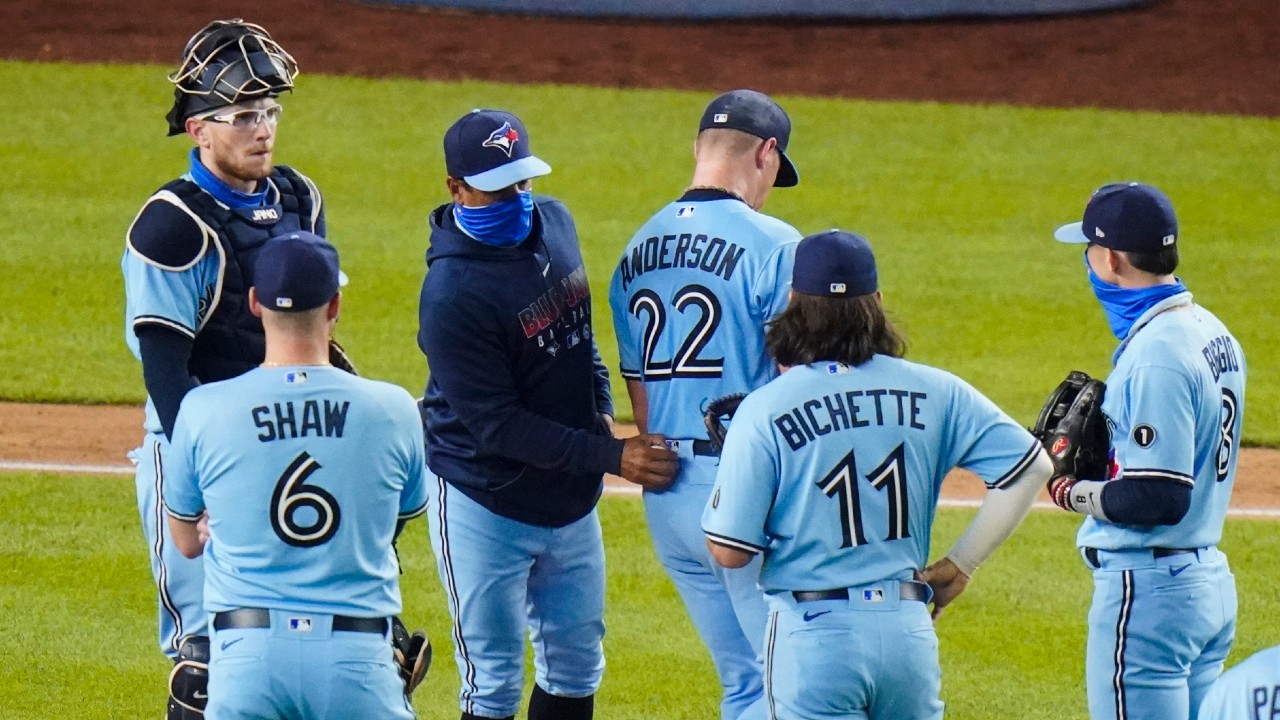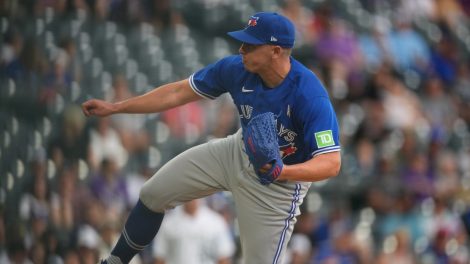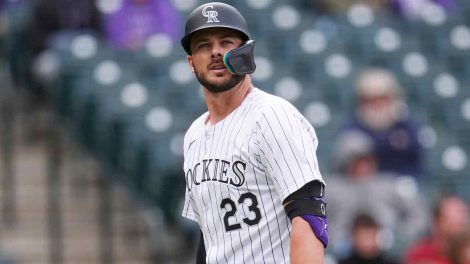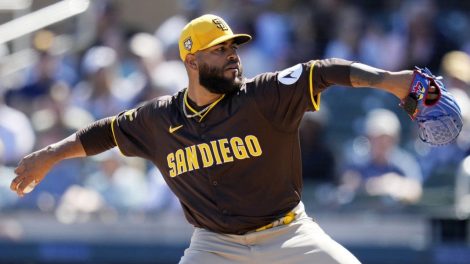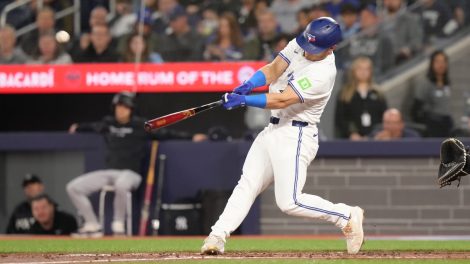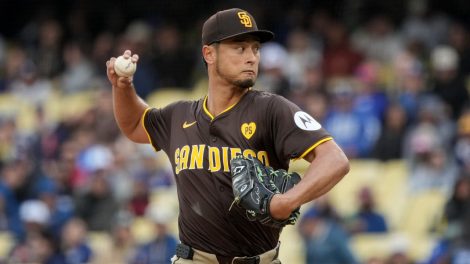TORONTO – A pretty clear and compelling case for Charlie Montoyo as manager of the year in the American League can be made rather easily. Under his guidance, the Toronto Blue Jays went from a hard-to-watch, 95-loss outfit in 2019 to a 32-28 playoff club in 2020, the latter accomplished while taking refuge at Buffalo’s triple-A Sahlen Field after pandemic border restrictions left Rogers Centre off-limits.
Factor in a slate of corrosive losses out of the gate that tilted the path upwards, plus the potentially undermining injuries to emerging star shortstop Bo Bichette and closer Ken Giles among others, and Montoyo is a deserved finalist for the honour. He’s up against longtime friend and former colleague Kevin Cash of the Tampa Bay Rays, and Rick Renteria, who was fired and replaced by Tony La Russa despite leading the Chicago White Sox to the post-season.
The winners, as selected in voting by members of the Baseball Writers’ Association of America ahead of the post-season, will be announced Nov. 10.
“What Charlie did – everybody has their opinions on the Cardinals and Marlins for what they went through (with COVID-19 outbreaks) – I think you could make the argument that what the Blue Jays went through was as challenging as anything, the inconvenience to everything,” Cash told Marc Topkin of the Tampa Bay Times. “It takes a special leader to be able to keep it calm, keep it consistent and he did that.”
[snippet id=4722869]
Without a doubt, and Montoyo earned recognition for that. Things could very easily have gone sideways for the Blue Jays at a number of different points, especially when they left training camp in Toronto on July 20 unsure where or when their road trip would end.
Twenty days later, they limped into Buffalo at 5-8, went 2-3 during their first homestand which included the injury to Bichette, and then rescued their season by finishing out a stretch of 28 games in 27 days with a 17-8 run.
Nearly two weeks later, when a season-high six-game losing streak threatened to unravel their post-season pursuit, Montoyo called a team meeting that helped ratchet down the pressure on his young players. The Blue Jays proceeded to take three of four from the New York Yankees to book their playoff trip.
Tough to beat all that.
Still, beneath the surface is where some of Montoyo’s most pivotal work came, as he balanced the information and suggestions poured into him from the front office against the desires and opinions of the players in his dugout.
Nowhere was that more evident than in the way the Blue Jays deployed their pitching, covering 60 games and 524.2 innings with 29 different hurlers, including infielder Santiago Espinal’s two appearances. Only Hyun-Jin Ryu, a finalist for the AL Cy Young Award, and Tanner Roark reached double-digits in starts, the rotation logged only 255.1 innings, or 48.6 per cent of the club’s total load, and finding fresh arms to get through nine frames was often a challenge.
Compounding that was the organization’s use of data to map out pitching plans, which often meant near immediate removal for a starter once he was through the order twice. That led to chafing amongst the veteran starters, with Roark memorably dubbing the limitations “horsecrap”.
While the club’s in-game moves often turned into Blue Jays-Twitter flashpoints, Montoyo was left to be the public face of the decisions while managing the push and pull from above and below in the clubhouse.
Such is the world of today’s managers, who for better or worse are no longer the dugout despots of years past, running the team in silos from the front office.
Asked after the season how the Blue Jays made their decisions, general manager Ross Atkins described the process as “pretty simple” before delivering a 290-word answer.
“There’s a lot of information available to us and we try to synthesize it in a way that helps Charlie and Pete (Walker, the pitching coach) make decisions pre-game and in-game,” said Atkins. “So this year, there was readily available information that is produced by our advanced reports, by professional scouts that is systematic. Then, in addition to the systematic information that is presented to Charlie and Pete and Matt Buschmann (the bullpen coach) and Dave Hudgens (the bench coach) and many more, there would be a discussion with a member of our pro scouting staff, a member of our development staff, and a member of our baseball operations team, where we just brainstorm together and talk about different ideas for Charlie and Pete to ultimately make (decisions). It’s not anything more than that.
“There was never any mandate, we never made any decision for Charlie and Pete on usage, on when guys would be used or not,” Atkins continued. “It was always just an open discussion. And then I think what Charlie and Pete had was a pre-game plan, and they worked through all of the different potential outcomes that could happen. So all the different things that could happen in game that could be related to just that pitcher’s performance. It also could be related to the other team’s performance. It could be defensive related. Score out innings, where are we in the game? Where are we with the workload and what are our alternatives? You can never lose sight of the day after, and the day after that, and what it means for the impact on that team. There are a lot of moving pieces and I think we’re just making sure that they have all of the information, that’s all we’ve ever tried to do, help them simplify making the decisions.”
Like he said, simple. Totally.
Inherent in that Decision-Making-Structures 101 course abstract is the fine line Montoyo had to walk, where veering too far from the collective’s thoughts could cause friction with the front office, and making counter-intuitive calls could cost him the confidence of players.
Doing that successfully, even in a shortened 60-game season, is an accomplishment, especially on top of all the other issues the Blue Jays had to overcome in 2020. The latter part is likely what earned him, at minimum, a top-three finish in manager of the year of the voting, but he’s deserving of the validation for so much more than that.
[relatedlinks]

